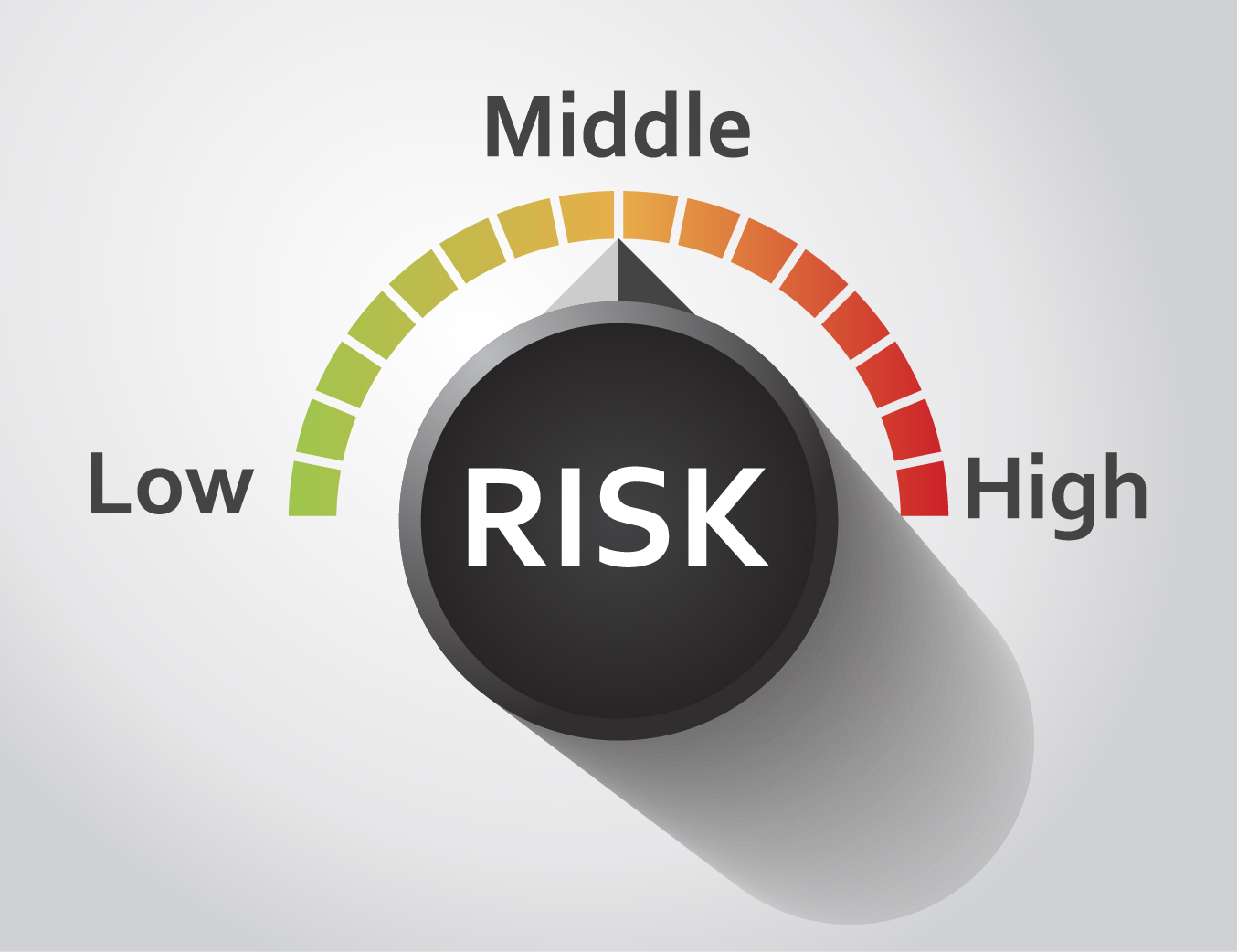Good Fitness Cuts Risk of COPD, Long-term Study Suggests

Having good heart and lung fitness in middle age reduces a person’s risk of developing, or dying, from chronic obstructive pulmonary disease (COPD), a new study shows.
The results were published in the journal Thorax, in an article titled, “Midlife cardiorespiratory fitness and the long-term risk of chronic obstructive pulmonary disease.”
There’s little doubt that exercising and maintaining good physical fitness have many health benefits.
Some studies have suggested that people who get more physical activity are less likely to develop COPD, but many of these studies have relied on self-reported exercising habits, which can be inaccurate. Additionally, the insidiousness of COPD means that very long follow-up times are required to accurately assess its prevalence.
Now, researchers in Denmark assessed COPD incidence in 4,730 middle-aged men in the country, who were followed for up to 46 years. When the study began in 1970–71, participants were ages 40–59.
Participants’ cardiorespiratory (heart and lung) fitness was assessed by measuring VO2 max, the maximum amount of oxygen a person can utilize while exercising intensely. Based on these measurements, participants were divided into three groups: “low,” “normal,” and “high” cardiorespiratory fitness.
Researchers analyzed the rates at which individuals in the three groups developed or died from COPD. Over the 46-year study period, 4,338 (91.7%) participants died, 626 (13.2%) were diagnosed with COPD, and 233 (4.9%) died of COPD.
Taking into account several parameters — including age, body mass index, self-reported physical activity, smoking status, alcohol consumption, arterial hypertension, diabetes, and socioeconomic status — the results showed that compared to participants in the low cardiorespiratory fitness group, those in the normal group were 21% less likely to develop COPD, and those in the high group were 31% less likely to develop COPD.
Similarly, the likelihood of death from COPD was reduced by 35% in the normal cardiorespiratory fitness group, and by 62% in the high fitness group.
This association was tested for reverse causation (i.e. people with COPD being less likely to have good fitness, rather than the other way around), and the results did not change, suggesting that this association holds statistical value.
Of note, a low cardiorespiratory fitness “was associated with lower levels of self-reported physical activity, higher body mass index, higher alcohol consumption, lower socioeconomic status, and higher incidence of diabetes mellitus and arterial hypertension,” the researchers said.
Overall, the results suggest that middle-aged people (at least, males) with better heart and lung fitness are less likely to develop COPD, the team concluded.
Furthermore, “in individuals at risk of developing COPD, fitness-enhancing physical activity should be encouraged not only to reduce [difficulty breathing], but also to delay development, progression, and death from COPD,” the researchers said.





